What is Web Based Software Development Life Cycle?
The Web-Based Software Development Life Cycle (SDLC) outlines a systematic approach for planning, designing, developing, testing, deploying, and maintaining web applications. While it parallels the conventional SDLC, it specifically targets web applications and technologies.
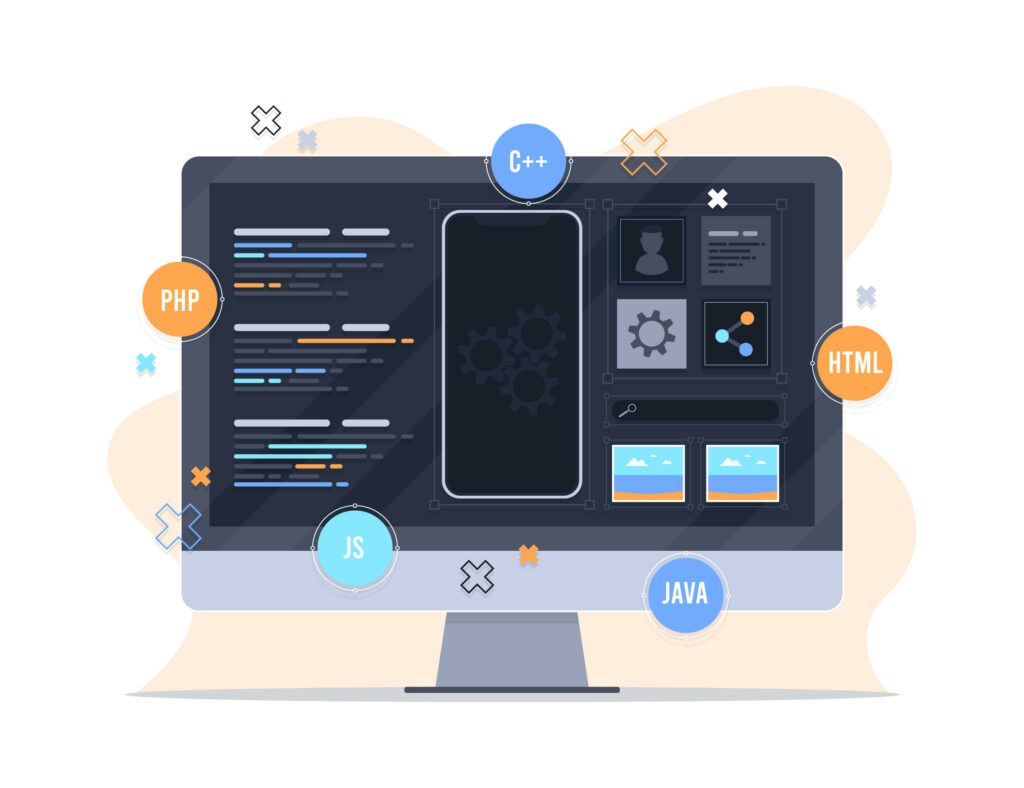
Due to the ever-changing landscape of the web, the SDLC for these applications must take into account aspects such as user experience, security, and performance optimization across various platforms and devices.
1. Planning and Requirements Gathering
This initial phase establishes the project’s objectives, scope, and requirements. In this stage, business needs are identified, and both technical and functional requirements are collected to direct the development process.
Key Activities:
- Stakeholder Meetings: Engaging in discussions with clients, users, and stakeholders to understand their needs and expectations.
- Requirement Specification: Outlining the features, functionalities, and performance criteria for the web application.
- Feasibility Study: Evaluating the project’s technical, operational, and financial viability.
- Project Planning: Estimating the time, resources, and costs involved while creating a development timeline.
Outputs:
- Defined project scope and objectives.
- A comprehensive software requirements specification (SRS) document.
- Selection of a high-level architecture and technology stack.
- Strategies for risk assessment and mitigation.
2. System Design
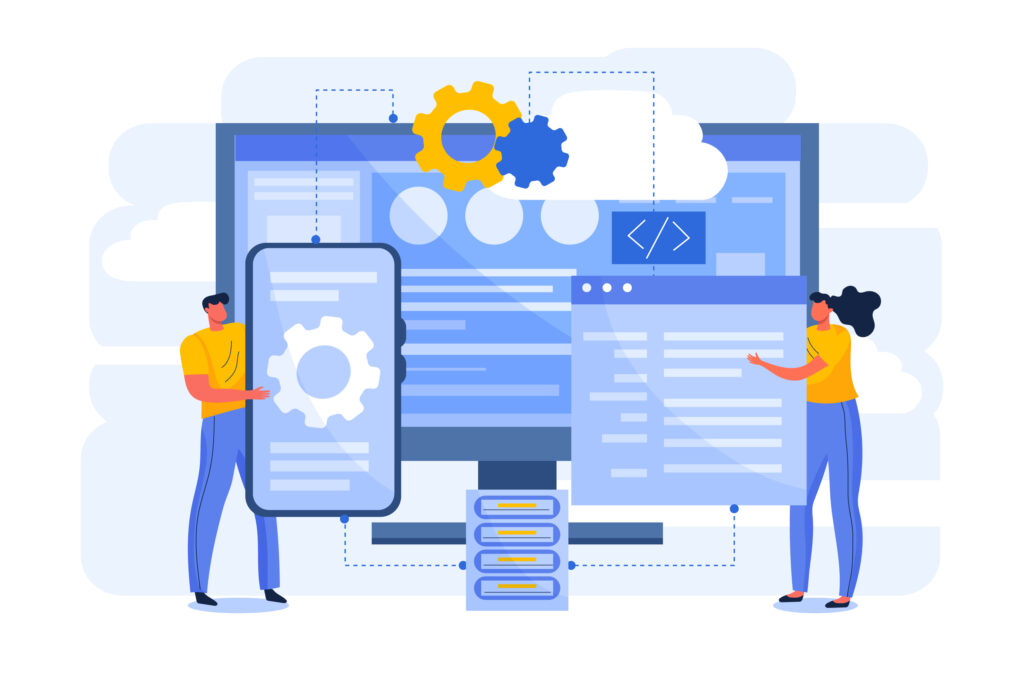
During the design phase, the framework for the web application is established, outlining how the system will operate according to the gathered requirements. This phase encompasses both high-level design (HLD) and low-level design (LLD).
Key Activities:
- Wireframing and Prototyping: Developing wireframes or mockups of web pages to illustrate the layout and user experience (UX).
- UI/UX Design: Establishing the design elements of the user interface, including user flow and the overall aesthetic of the application.
- System Architecture Design: Outlining the complete system architecture, which involves databases, APIs, server-side logic, and integrations.
- Technology Stack Selection: Selecting the appropriate technologies (programming languages, frameworks, libraries) for both the front-end and back-end, as well as the database.
Key Activities:
- Wireframes, prototypes, and user interface designs.
- Database schema designs.
- A comprehensive architecture diagram detailing system components.
- Defined APIs and services.
3. Development (Implementation)
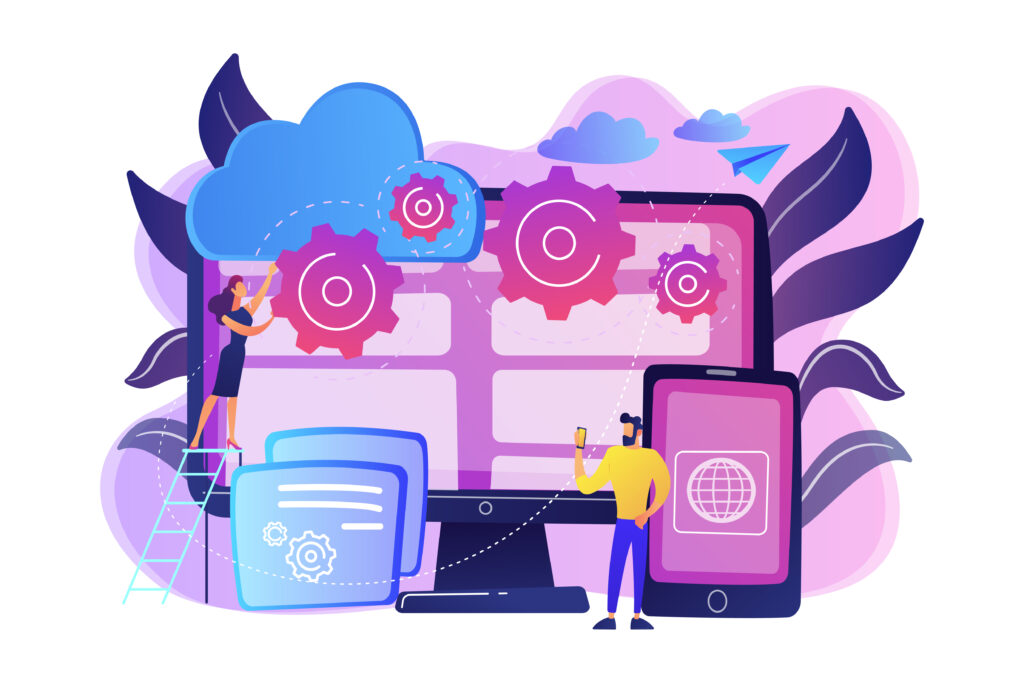
This phase marks the beginning of the actual coding process. Developers write the code for the web application based on the designs created in the previous phase. The development stage is typically divided into front-end, back-end, and database development.
Front-End Development:
This involves creating the user interface (UI) and ensuring the website is responsive and accessible across various devices and browsers.
Common technologies:
HTML, CSS, JavaScript, along with frameworks like React, Angular, or Vue.js.
Back-End Development:
This entails writing server-side code to manage business logic, database interactions, and user authentication/authorization.
Common technologies:
Node.js, Django, Ruby on Rails, Java, .NET, PHP.
Database Development:
This focuses on designing and implementing the database to ensure that data is stored, retrieved, and managed efficiently.
Common databases:
MySQL, PostgreSQL, MongoDB, Firebase
Key Activities:
- Writing code for various modules and features.
- Integrating the front end with back-end systems using APIs.
- Implementing security measures (authentication, encryption).
- Conducting code reviews and unit testing.
Outputs:
- A functioning codebase with specified functionalities.
- A seamlessly integrated front end and back end.
- A database schema with defined data relationships.
- An initial deployment on development servers.
4. Testing
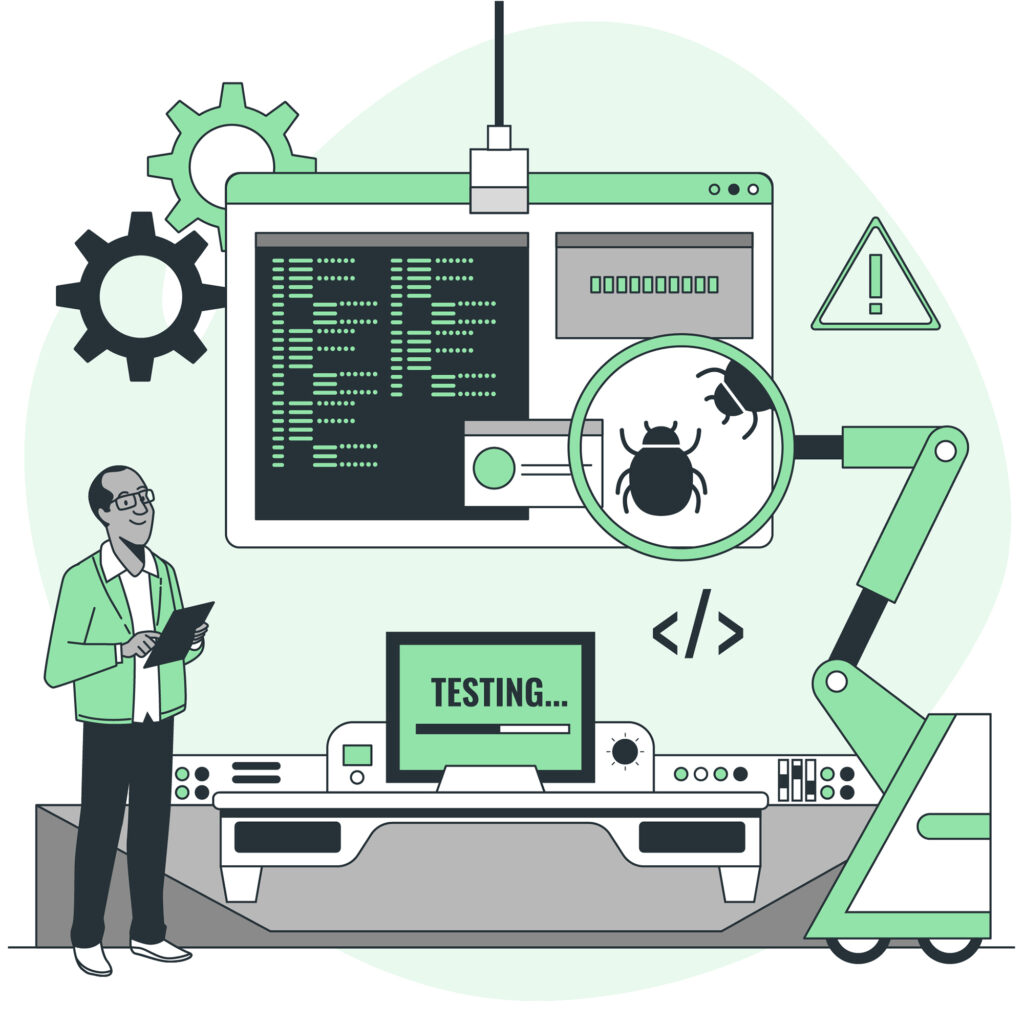
Testing is a vital phase of the SDLC, aimed at ensuring the web application is free of bugs, meets its requirements, and operates as intended. Various testing methods are employed to validate both functionality and performance.
Key Types of Testing:
- Functional Testing: Verifying that each feature operates according to the functional requirements.
- Unit Testing: Evaluating individual components or modules of the application.
- Integration Testing: Ensuring that different system components work together seamlessly.
- Performance Testing: Assessing the speed, scalability, and stability of the web application.
- Usability Testing: Measuring the user-friendliness and ease of navigation of the web interface.
- Security Testing: Identifying and addressing vulnerabilities such as SQL injection, XSS (cross-site scripting), CSRF (cross-site request forgery), etc.
- Cross-Browser/Device Testing: Confirming that the web application performs consistently across various browsers (Chrome, Firefox, Safari) and devices (desktops, tablets, smartphones).
Outputs::
- Bug reports and documentation of test cases.
- Performance benchmarks along with optimization recommendations.
- Security audit reports.
- An error-free, fully functional product
5. Deployment
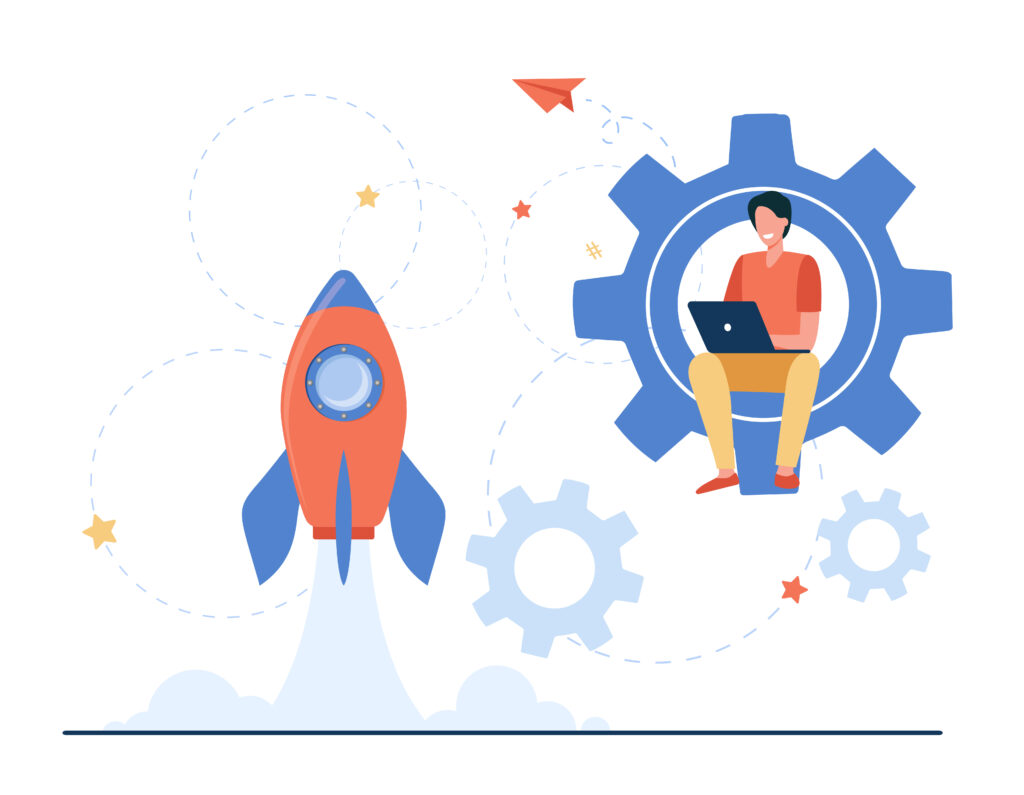
After the web application successfully completes all testing phases, it is deployed to a live server, making it accessible to users. This process involves transferring the code and database from the development environment to the production environment while establishing the necessary infrastructure.
Key Activities:
- Server Setup: Configuring web and application servers, databases, and any essential infrastructure, such as load balancers or content delivery networks (CDNs).
- Code Deployment: Moving the code to production servers through CI/CD pipelines or manual deployment tools like Docker, Jenkins, or GitHub Actions.
Domain and SSL Configuration: Setting up the web domain and ensuring secure communication with SSL certificates.
- Final Checks: Testing the live environment to confirm there are no deployment-specific issues (e.g., server configurations, database connectivity).
Outputs:
- A live, fully functioning web application.
- A configured server and established infrastructure setup.
- Backup and recovery plans.
- User access to the web application.
6. Maintenance and Updates

Following deployment, the web application enters the maintenance phase, which involves monitoring, updating, and enhancing the application in response to user feedback, technological advancements, or requests for new features.
Key Activities:
- Bug Fixing and Patches: Addressing any bugs or issues reported by users.
Performance Monitoring: Continuously tracking the application’s performance, server load, and user metrics. - Security Updates: Fixing any security vulnerabilities and ensuring that software libraries or frameworks are kept up to date.
- New Feature Development: Adding new features based on user feedback or evolving business needs.
- Scaling Infrastructure: As the user base expands, scaling servers and databases or optimizing the code for improved performance.
Key Activities:
- Regular updates and enhancements.
- A stable and secure web application.
- Increased user satisfaction and engagement.
7. Retirement/Decommissioning (Optional)
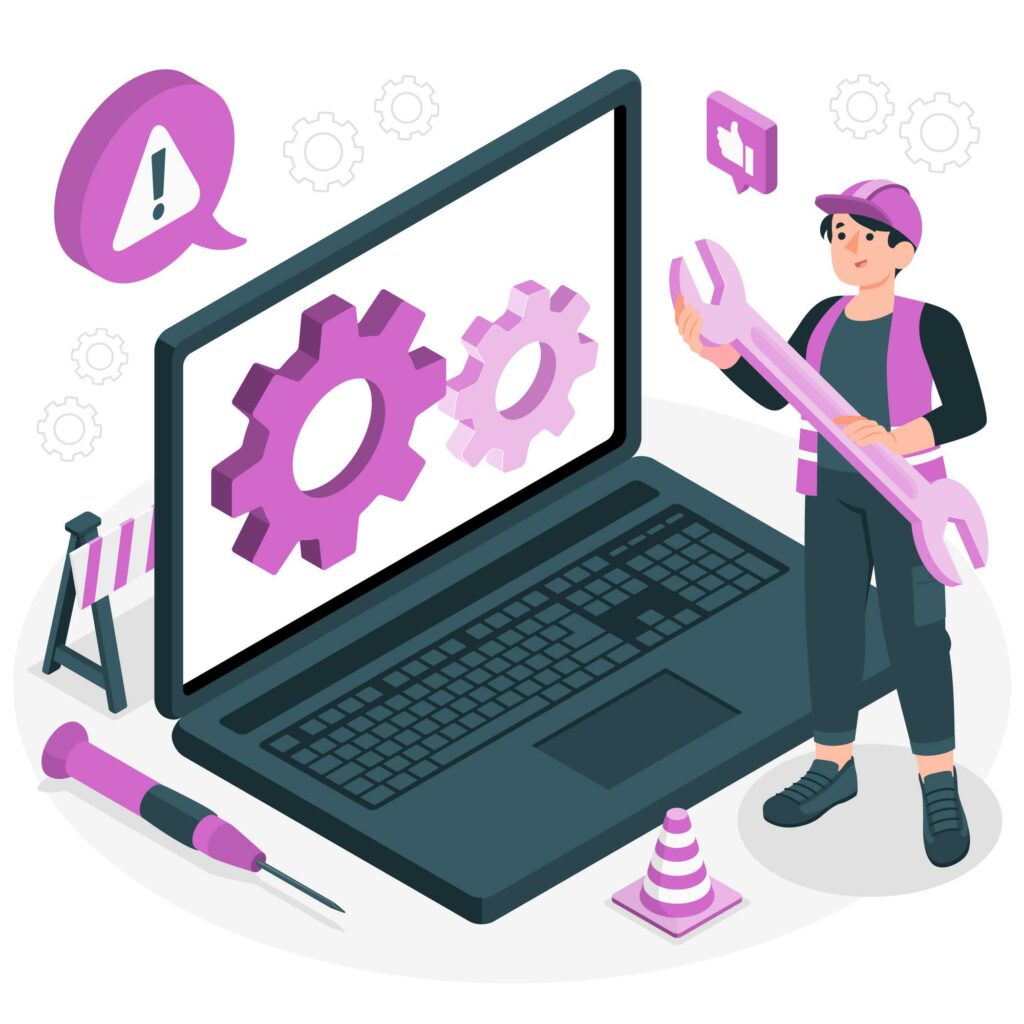
At the conclusion of the software lifecycle, a web application may be retired when it is no longer beneficial or has been superseded by newer technology. This process involves safely decommissioning the system while preserving essential data and ensuring users transition smoothly to a new system.
Key Activities:
- Migrating data to new systems or archiving important information.
- Informing users and stakeholders about the decommissioning process.
- Shutting down servers and the associated infrastructure.
- Managing dependencies and integrations with other systems.
Agile and Iterative Development in Web SDLC
Modern web-based SDLCs frequently adopt agile or iterative models. Agile methodologies break the development cycle into smaller sprints or iterations, facilitating continuous improvement and feature releases. Unlike the traditional waterfall model, agile SDLC emphasizes flexibility, regular feedback, and incremental delivery.
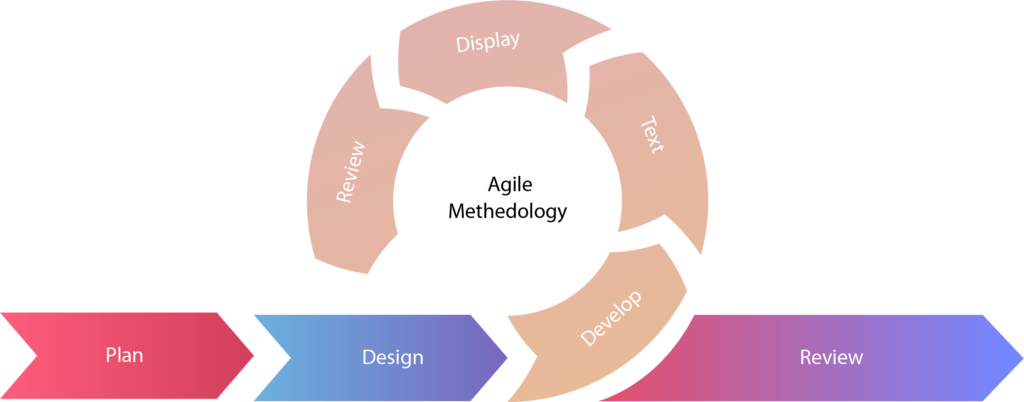
Advantages of Agile in Web Development:
- Frequent Feedback Loops: Developers can make adjustments based on user feedback at the end of each sprint, enhancing the product incrementally.
- Faster Time-to-Market: Features are developed and released more frequently, allowing users to access new functionalities sooner.
- Better Risk Management: Potential issues can be identified and addressed early in the development process.
[Want to learn more about web based software development life cycle? Click here to reach us.]
Conclusion
The Web-Based Software Development Life Cycle (SDLC) is an essential framework that guides the creation and maintenance of web applications. By following a structured process—encompassing planning, design, development, testing, deployment, and maintenance—developers can ensure that their applications are not only functional but also secure, user-friendly, and adaptable to changing technologies and user needs.
Implementing an agile or iterative approach within the SDLC further enhances the development process, allowing teams to respond swiftly to feedback, manage risks effectively, and deliver features more rapidly. As the digital landscape continues to evolve, embracing these methodologies will empower organizations to create innovative web applications that meet the demands of today’s users.
For those looking to optimize their software development journey, Bobcares offers comprehensive software development support services tailored to meet diverse business needs. With expertise in the SDLC and a commitment to quality, Bobcares ensures that organizations can achieve their development goals efficiently and effectively. Ultimately, a well-executed SDLC, supported by professionals like Bobcares, leads to higher quality products, improved user satisfaction, and sustained business success in the competitive online environment.







0 Comments